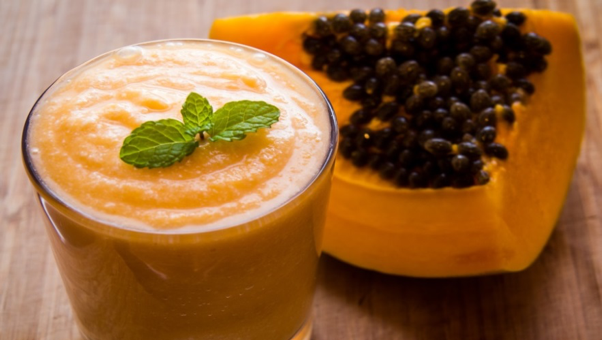Erratic Glucose Levels

High, fluctuating or unmanageable blood glucose levels can be an overwhelming experience. If you have been living with Diabetes for some time now, you would have seen some variation in your blood glucose levels, despite your best efforts. While you and your partner/family may find this alarming or even frustrating, you need to look at the cause beyond the symptom.
Erratic sugar levels occur when either the body is not producing insulin at all or the glucose is accumulating in the body. Other factors, such as harsh weather, stress, hormonal changes, and the lack of physical activity could also cause erratic blood glucose levels. Food intake and sleeping patterns also play a pivotal role in erratic blood glucose levels. Research suggests that lack of sleep or oversleeping also affects blood glucose levels in the body.
If you have been living with diabetes for over a decade, there may be a possibility of you becoming insulin resistant. Whatever may be the case, we urge you to remain calm and reach out to your doctor immediately. Your doctor may change your medication or insulin dosage according to your current blood glucose levels.
When to worry
While it is true that there are situations that are beyond your control and these lend themselves to spikes in the glucose levels in your body, most of the time, a one-off surge is not a cause of concern. However, you do need to be watchful and keep track to see if there is a pattern to the surges as well as the triggers.
It would help if you can share these observations with your doctor in order to review your treatment plan and required modifications, if any. It is possible that depending on your specific case, the doctor may advise you on how to proceed and be more vigilant with your daily/ pre-meal blood glucose readings.
As per the guidelines set internationally, if your blood glucose levels exceed 300mg/dl for a prolonged time and refuse to dip inspite of best efforts, you need to contact your doctor immediately as high blood glucose levels over a long duration may impact the functioning of other vital organs. You may want to discuss this in detail with your doctor.
What I can do as family/friend of an erratic glucose level person ?
We understand as a partner you may become anxious due to your partner’s unmanageable erratic glucose levels. But don’t give up! Identify the key triggers which are leading to spiking of the blood glucose levels in the body.
Sometimes conditions like allergens, harsh weather, stress, anxiety, depression and uncontrolled binging may also lead to erratic glucose levels. However consult with your doctor, your doctor may alter medications and suggest insulin to control erratic blood glucose levels in the body.
Research also hints people living with diabetes for more than a decade tend to develop insulin resistance, which may cause fluctuating uncontrolled blood glucose levels. As a partner you are recommended not to ignore high erratic blood glucose levels and immediately discuss the best possible ways and plans to control blood glucose level with your doctor.
To read more on Diabetes, click on the link below.






